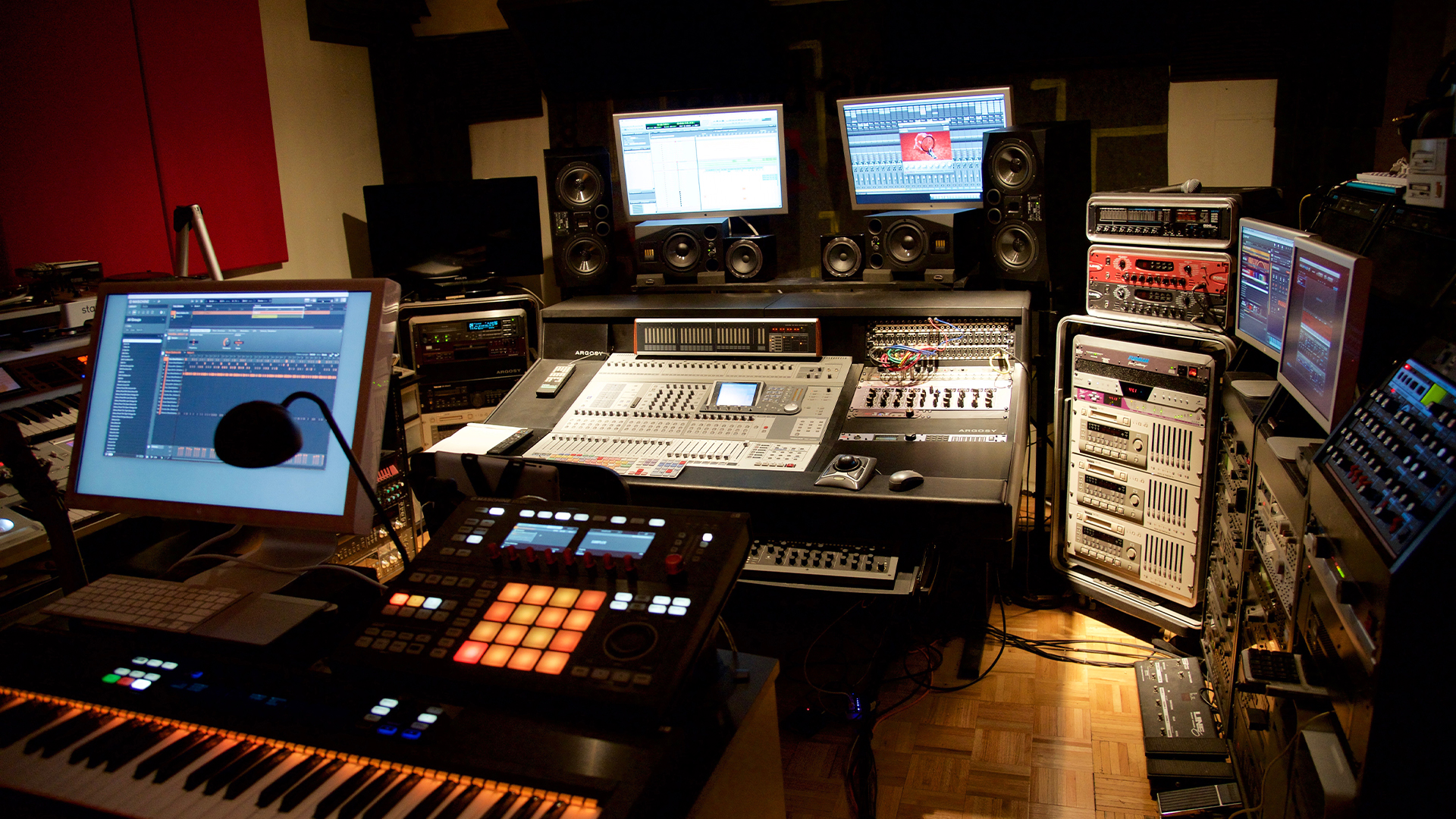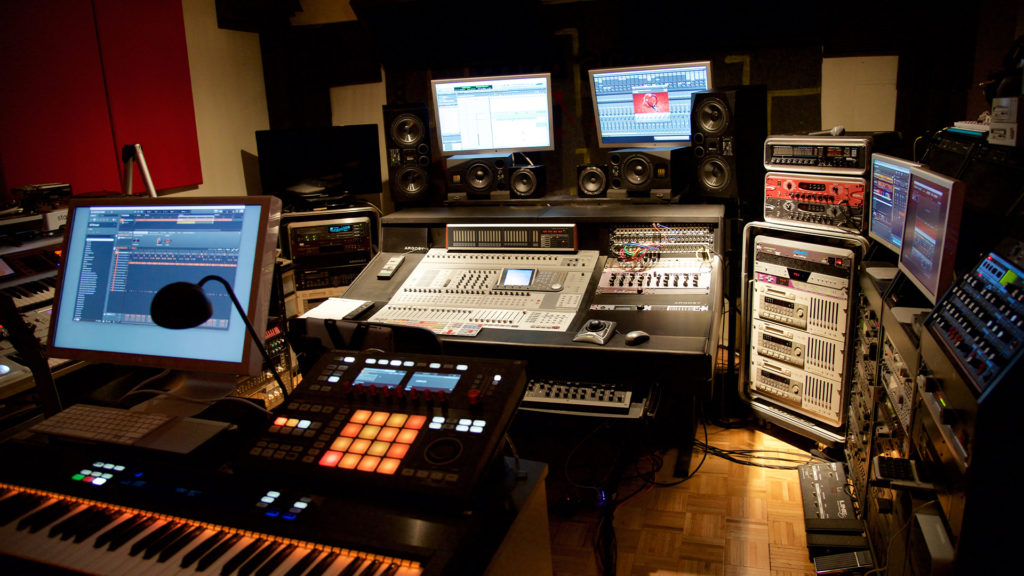
Table of Contents
Crafting the Ideal Music Studio: Navigating Room Dimensions and Acoustics
A proper music studio setup requires that many variables be satisfied in finding the proper placement of the speakers and listening position of the mix engineer and sometimes the producer. A proper music studio setup is dependent on the size of the room, the usage of the room, the amount of energy placed within the room along with the amount of diffusion and absorption treatment used on the room boundary surfaces.
The first acoustical issue that must be addressed in any music studio setup is the room dimensions. Some are fortunate enough to be able to select their room dimensions prior to building their new room. Others to achieve a proper music studio setup must use an existing room that in most cases is not suited acoustically to the intended usage. The more the width numbers and length, along with the height, do not get along mathematically the more audible distortions we have. With more distortions comes more treatment thus reducing the size or internal volume of the studio.
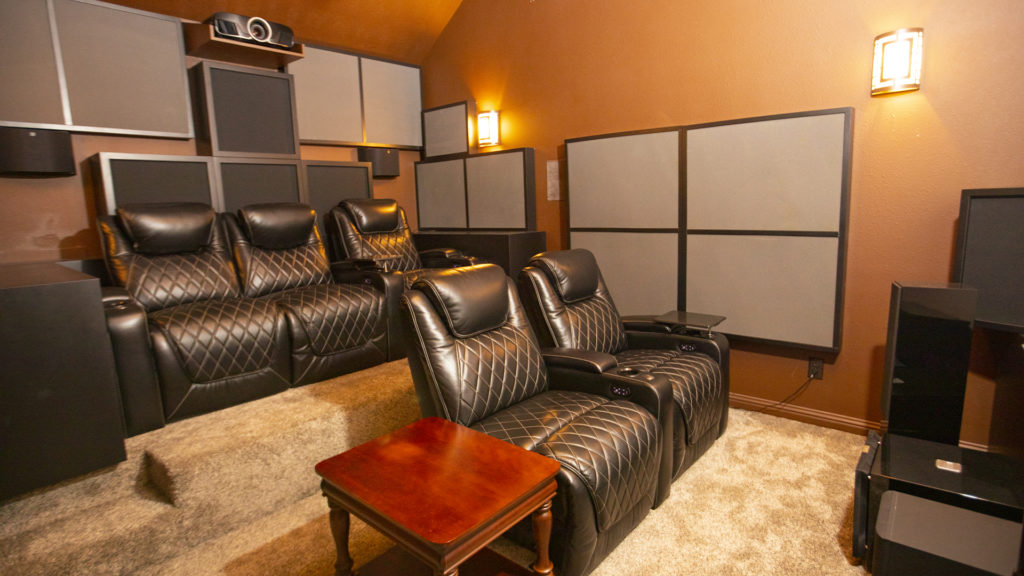
Balancing Pressure and Reflections: Key to Superior Studio Sound
If we have studio dimensions that like each other mathematically and are not numbers that work against us, we can minimize one of the two most important variables. When we are working acoustically in any small room, we have two main issues. We have lower frequency pressure and middle and high frequency reflections. Pressure and reflections are the two most important variables when it comes to small room acoustics regardless of the intended usage.
You must manage lower frequency energy issues using the correct rates and level of absorption. You must also place the treatment in the required locations. Finally, you must use enough material to have a audible impact on the frequency range you are treating. A music studio setup must be set up into a room that has an environment throughout the room that is pressure balanced. Pressure balancing reduces the audible distortions called room modes.
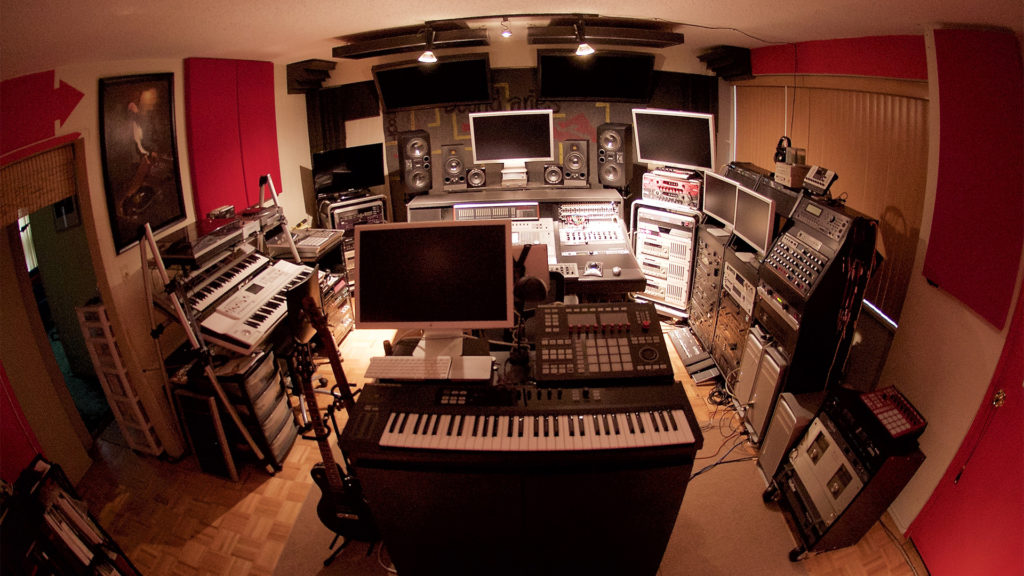
Addressing Axial, Tangential, and Oblique Modes in Studio Setup
Once room size is determined to correspond to usage and treatment requirements and to minimize lower frequency pressure issues, you must then pursue the three modes within any room. You must treat the axial, tangential, and oblique modes. Axial modes are unwanted sound pressure between two parallel walls. It can be sidewalls to sidewalls, front to rear, and floor to ceiling. Tangential modes are unwanted sound pressure between room surfaces.
It could be front/rear and sidewalls producing tangential modes. It could be floor/ceiling along with front to rear. There are many combinations that can occur. These are the three sound fields within a room that can produce axial, tangential, and oblique modes. We have sidewalls to sidewalls, front to rear, and floor to ceiling. They all produce audible distortions that must be managed if room resolution is your goal.
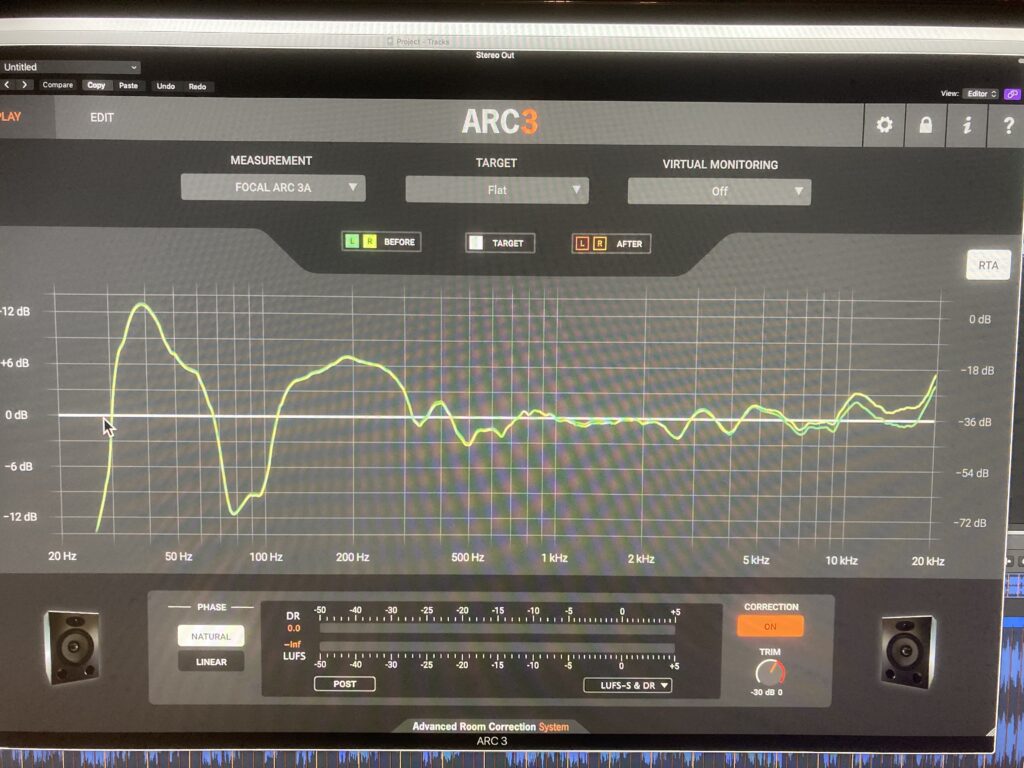
Understanding the Impact of Low Frequency Room Modes on Studio Acoustics
We have two main acoustical issues in small rooms. We have both pressure and reflections. Pressure is produced by lower frequencies below 100 hz. Reflections are produced by wavelengths above 100 hz. Every frequency of energy that we place within our rooms. Let’s use 40 hz. as our frequency example. A 40 hz. wavelength is 28′ long. Once that 40 hz. energy leaves the source, say a speaker or instrument, it needs 28′ to live its life.
Your room needs to have 28′ in the width, length, and height in order for that frequency waveform to fully form. What room has a 28′ ceiling let alone a 28′ width and length? None. This is where the distortion comes in. If you have a 17′ length, you are 11′ short of the required 28′ This mathematical difference produces different strengths and types of room modes. The air trapped between the surfaces begins to vibrate. When the air molecules vibrate, they can produce an exaggerated response or an attenuated one. You will hear too much or nothing at all.
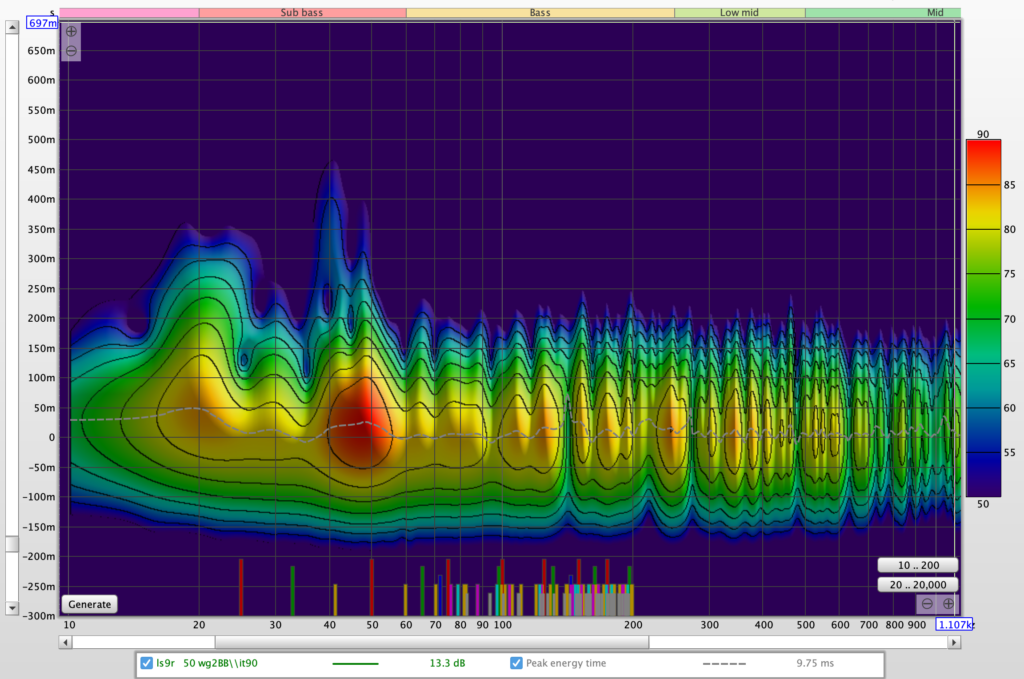
Identifying and Treating Modal Distortions for Optimal Studio Performance
Room modes either overpower that octave band or eliminate sound in that frequency range all together. At frequencies below 100 hz. are usually represented by peaks in frequency response curves. We have all seen the “camel hump” in frequency response graphs that show a peak of 40 – 50 hz. along with another in the 60 hz. region. Peaks exaggerate that octave band which causes us to hear too much energy at that frequency. The term “bass boom” is commonly referred to as too much low frequency energy. If you look at the peak in the frequency response graph, you can see “bass boom”.
Modes can also create situations where you will not hear anything in a certain octave band. Room modes can eliminate sound altogether. You can see this occur on a frequency response graph. It is the roller coaster slide we see from the “camel humps”. It slides down below baseline and you will not hear anything at that 70 – 80 hz. frequency range. At www.acousticfields.com, we can assist you with finding these modal distortions. Fill out the information in this link to begin the process.
Frequently Asked Questions about Music Studio Setup
What are the key considerations for a music studio setup?
Room dimensions significantly impact acoustics; selecting mathematically compatible width, length, and height can minimize distortions. Managing lower frequency pressures and mid to high frequency reflections is crucial. Proper absorption placement and sufficient material usage are essential for balanced room pressure and minimized room modes.
How do room dimensions affect a music studio’s acoustics?
The relationship between room dimensions influences audible distortions, as incompatible measurements increase acoustical issues. Ideally, dimensions should form an equilateral triangle between speakers and the listening position to support stereophonic sound reproduction and minimize lower frequency pressure issues.
What are axial, tangential, and oblique modes in a music studio?
Axial modes involve sound pressure between two parallel surfaces (e.g., sidewalls or floor to ceiling). Tangential modes involve four surfaces (e.g., front/rear and sidewalls), while oblique modes involve all six room surfaces. Each contributes to the room’s overall acoustics and requires specific treatment to manage distortions.
How do low frequency room modes affect studio sound?
Low frequency waves, like a 40 Hz wave, need ample space to fully develop. Inadequate room dimensions cause these waves to be truncated, creating room modes that can exaggerate or attenuate certain frequencies, leading to imbalances like “bass boom” or inaudible ranges in your studio’s sound profile.
Can room modes be eliminated in a music studio setup?
Completely eliminating room modes is challenging due to physical space limitations. However, using targeted acoustic treatments such as diaphragmatic absorption for low frequencies and strategic panel placement for mid to high frequencies can significantly mitigate their impact, enhancing the studio’s overall sound quality.


